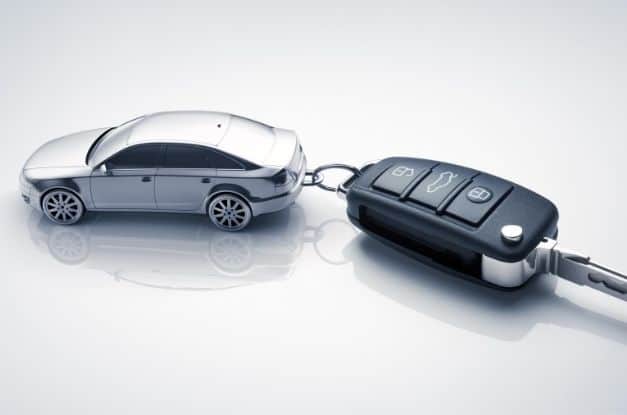As owning a car becomes less and less practical, many seniors turn to leasing one instead. Short contracts mean you can enjoy the benefits of a new car now and have an easy out when you won’t use it anymore.
One of the most important tasks you have during your lease agreement is meticulously maintaining your car to avoid fees upon its return. While staying within your agreed-upon mileage limit is a must, there’s much more to consider. Here are some tips for taking care of your leased car that’ll help.
Act Like You’re Borrowing It From a Friend
First, care is all about your mindset. If you suppose a leased vehicle is essentially yours, you may not fight to keep it looking brand-new.
When you get the keys and set off, imagine that you’re leaving a friend’s house with their beloved car. Throughout your time with it, act as if they may show up any day and ask for it back. Of course, you don’t need to follow this exercise to a T, but you’ll certainly clean it more consistently if you wrap your head around it not being yours.
Perform Routine Maintenance
In this same spirit, initiate maintenance when your car needs it. People don’t realize how much wear a leased vehicle accrues—don’t let leasing lull you into not paying attention to your car.
If you’re leasing a vehicle after some time without a car or otherwise need a reminder, there are several common car maintenance terms to know. In general, stay current with your tire pressure, motor oil checks and changes, and the health of your car’s fluids. Many of these tasks are easily checkable after a gas fill-up.
Protect Your Surfaces
One tip for taking care of a leased car that goes the extra mile involves covering every surface that’s vulnerable to wear or scratches. For the most part, this applies to your trunk and seats. In a pinch, you can always lay out a blanket on your seats or a tarp in your trunk.
More long-term, explore buying a dedicated cover for these areas. That way, when you return the car, there are no worrisome dents, holes, or worn patches.
Following these tips makes the entire process seamless for any senior looking for the utility of a car without the headache of permanent ownership.






